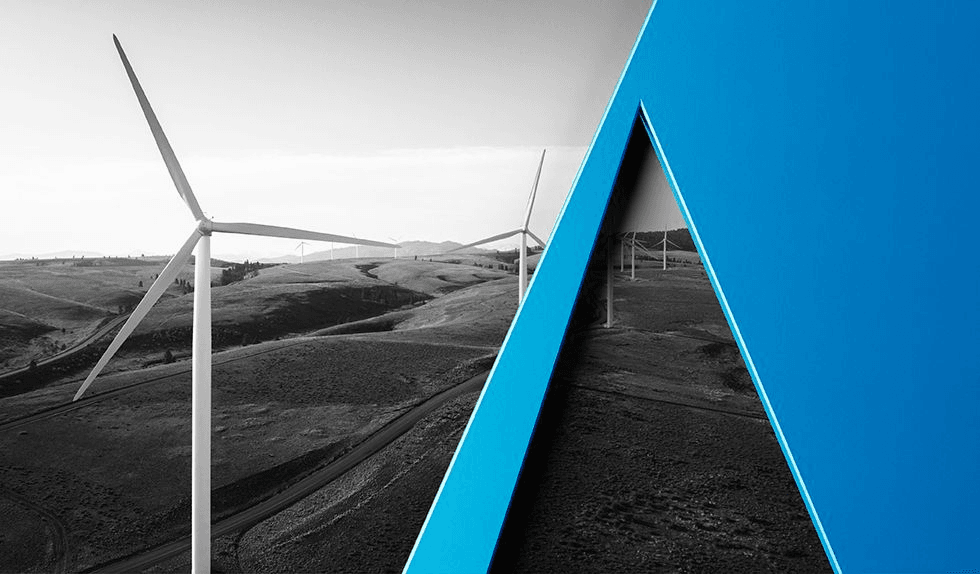FERC’s New Methodology for Determining Electric Utility ROEs
For over thirty years, FERC has based ROEs on the rate of return required by investors to invest in a company. FERC has relied primarily on the DCF model to provide an estimate of investors’ required rate of return. The underlying premise of the DCF model is that an investment in common stock is worth the present value of the infinite stream of dividends discounted at a market rate commensurate with the investment’s risk.
FERC has historically applied different DCF methodologies in determining the ROEs for electric utilities and natural gas and oil pipelines. The most fundamental difference between the two DCF methodologies is that the methodology traditionally applied to natural gas and oil pipelines (i.e., the two-step DCF methodology) considers long-term growth projections in estimating a company’s cost of equity, whereas the methodology traditionally applied to electric utilities (i.e., the one-step DCF methodology) considers only short-term growth projections.
In Opinion No. 531, FERC concluded that it is now appropriate to use the same DCF methodology for the electric industry as it has used for the natural gas and oil pipeline industries—i.e., the two-step DCF methodology. FERC also made a tentative finding that the required long-term growth projection should be based on projected long-term growth in gross domestic product (GDP), but established a paper hearing to permit participants to present evidence on that issue.
FERC also ended its prior practice of making post-hearing adjustments to ROE based on changes in U.S. Treasury bond yields during the proceeding, in light of its shift to the two-step DCF methodology and evidence that U.S. Treasury bond yields are not necessarily a reliable one-for-one indicator of changes in investor-required returns. In a separate order also issued on June 19, 2014, FERC reversed a prior order that had reduced Southern California Edison Company’s base ROE by 101 basis points based on post-hearing changes to average U.S. Treasury bond yields.
Application of the New Approach to the New England Transmission Owners
Applying its new methodology to the New England Transmission Owners, FERC found that, based on the record, including the unusual capital market conditions, the just and reasonable base ROE for the New England Transmission Owners should be set halfway between the midpoint of the zone of reasonableness and the top of the zone of reasonableness. Thus, the base ROE, assuming a long-term growth rate based on GDP and subject to the outcome of the paper hearing on the long-term growth rate, would be 10.57 percent, halfway between the 9.39 percent midpoint of the zone of reasonableness and the 11.74 percent top of that zone. Table 1 summarizes the positions of the parties and the outcome:
Table 1
New England Transmission Owners’ Base ROE Benchmarks in Docket No. EL11-66
|
Respondents’ Existing Base ROE |
11.14% |
|
Opinion No. 531 ROE |
10.57%* |
|
Initial Decision’s Proposed ROE |
9.7%** |
|
Complainants’ Proposed ROE |
9.2% |
* The Initial Decision recommended a higher, 10.6% ROE for the fifteen-month refund period from October 2011 to December 2012.
** Subject to the outcome of the paper hearing on the long-term growth rate.
Related Orders
Also on June 19, 2014, FERC instituted hearing and settlement judge procedures in five pending complaint proceedings involving challenges to electric utility ROEs, adding that it expects the evidence and analyses presented by the participants in those cases to be guided by its decision on the New England Transmission Owners’ base ROE in Opinion No. 531. The proceedings are:
- Docket No. EL13-33, which involves a complaint by ENE (Environment Northeast), The Greater Boston Real Estate Board, the National Consumer Law Center, and the NEPOOL Industrial Customer Coalition, also challenging the base ROE of the New England Transmission Owners. (Order available here.)



